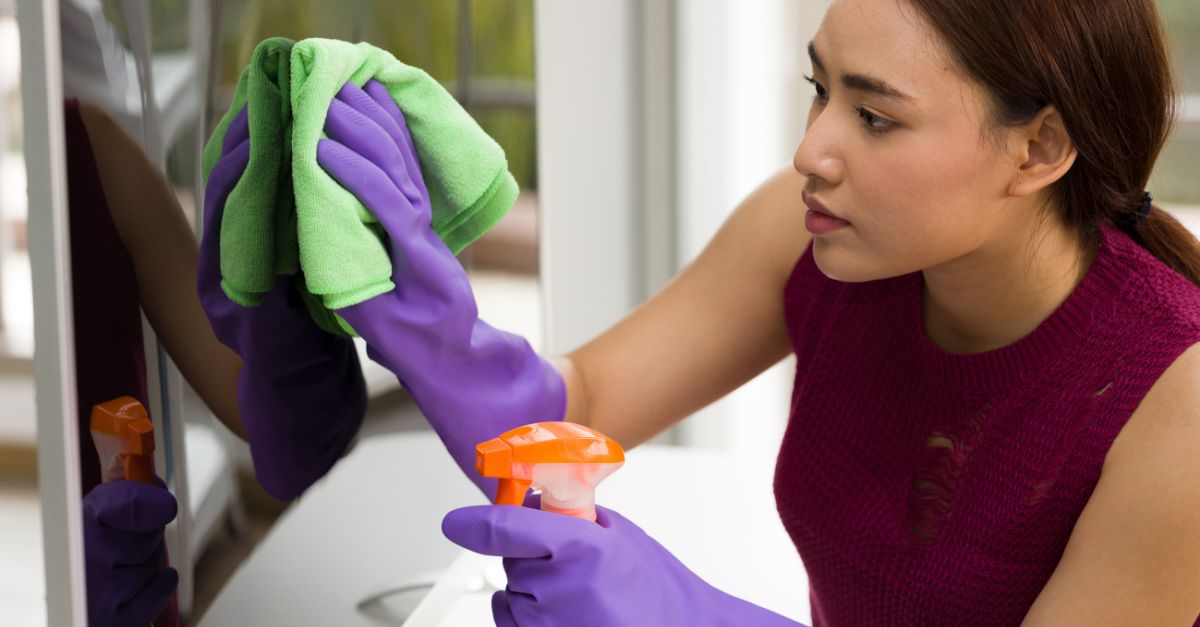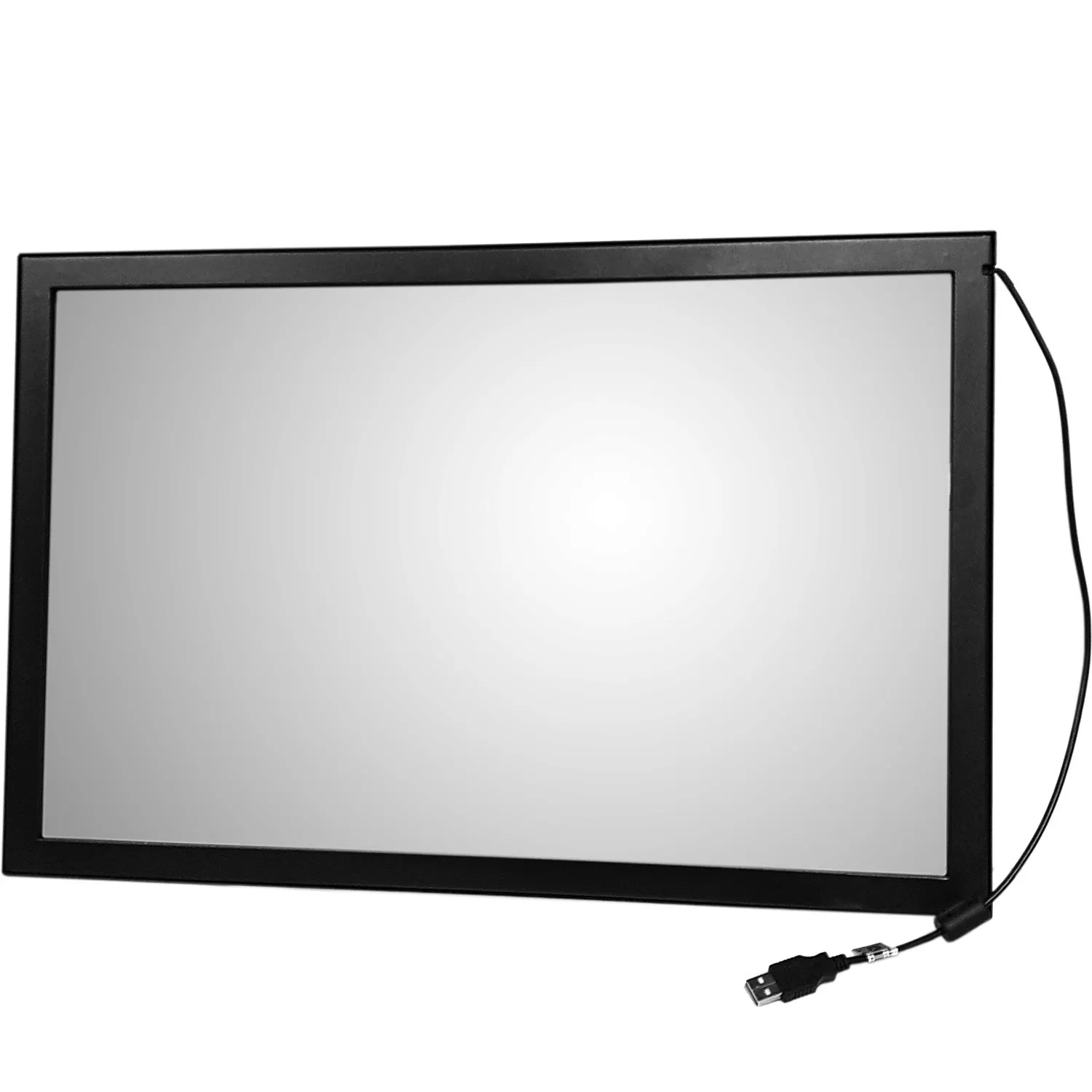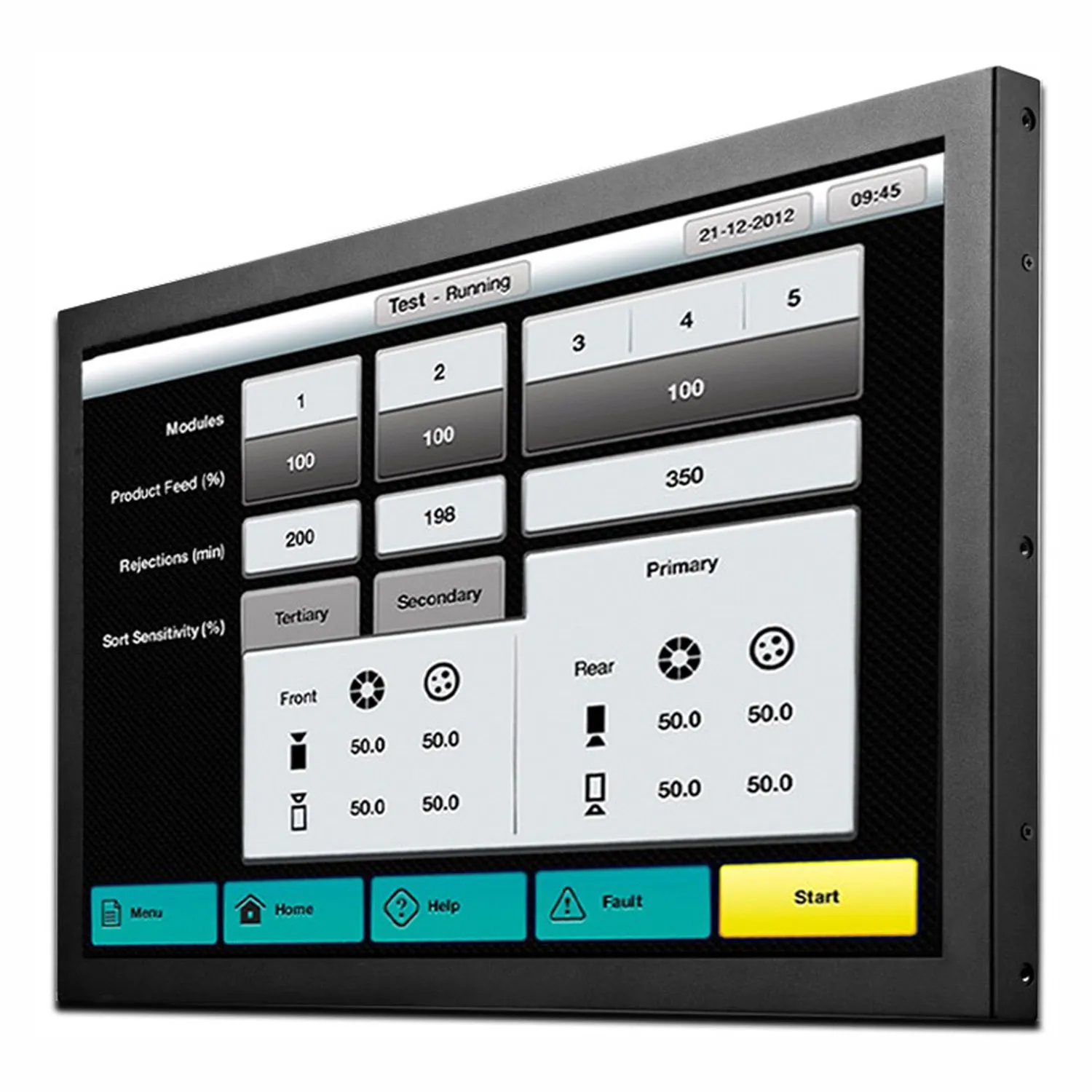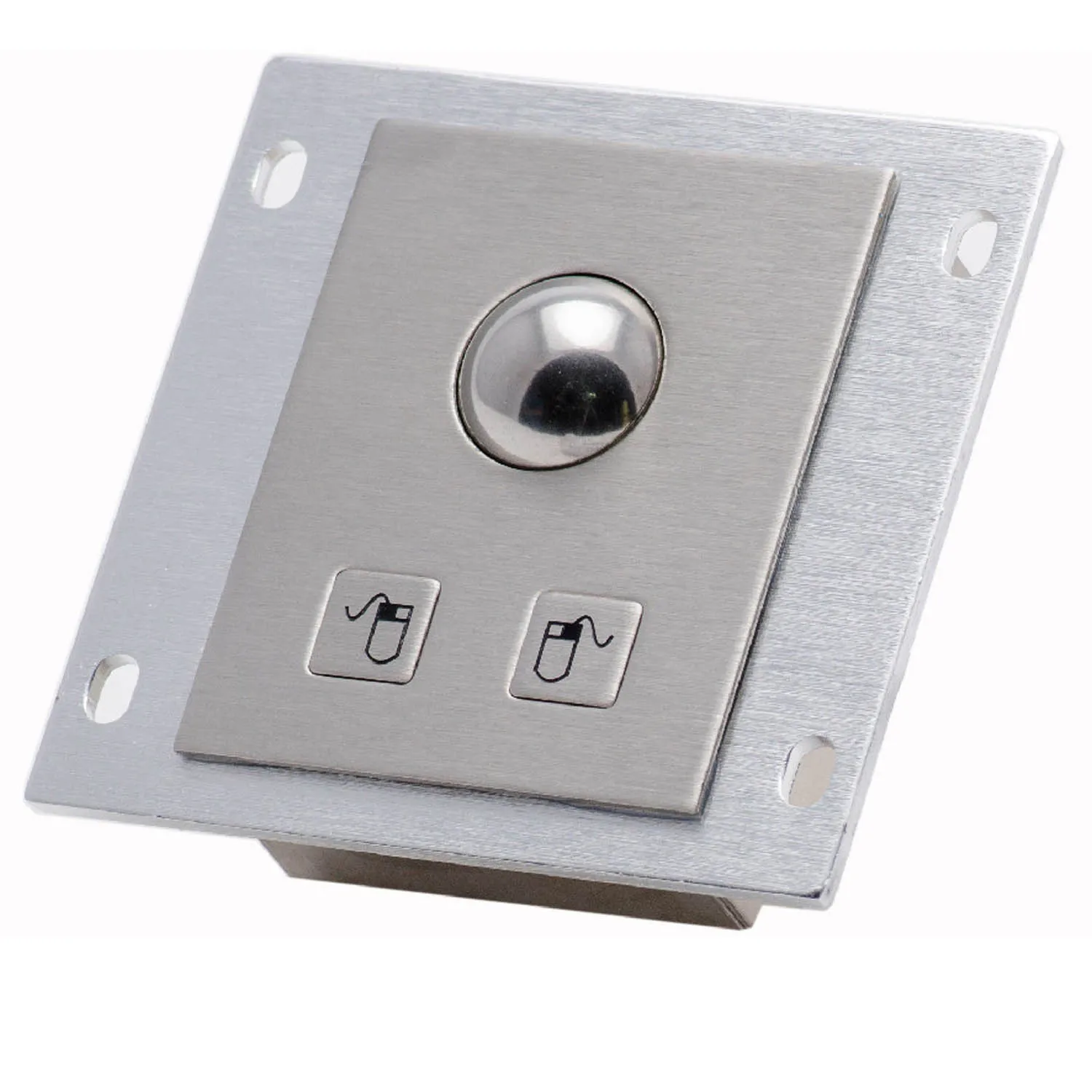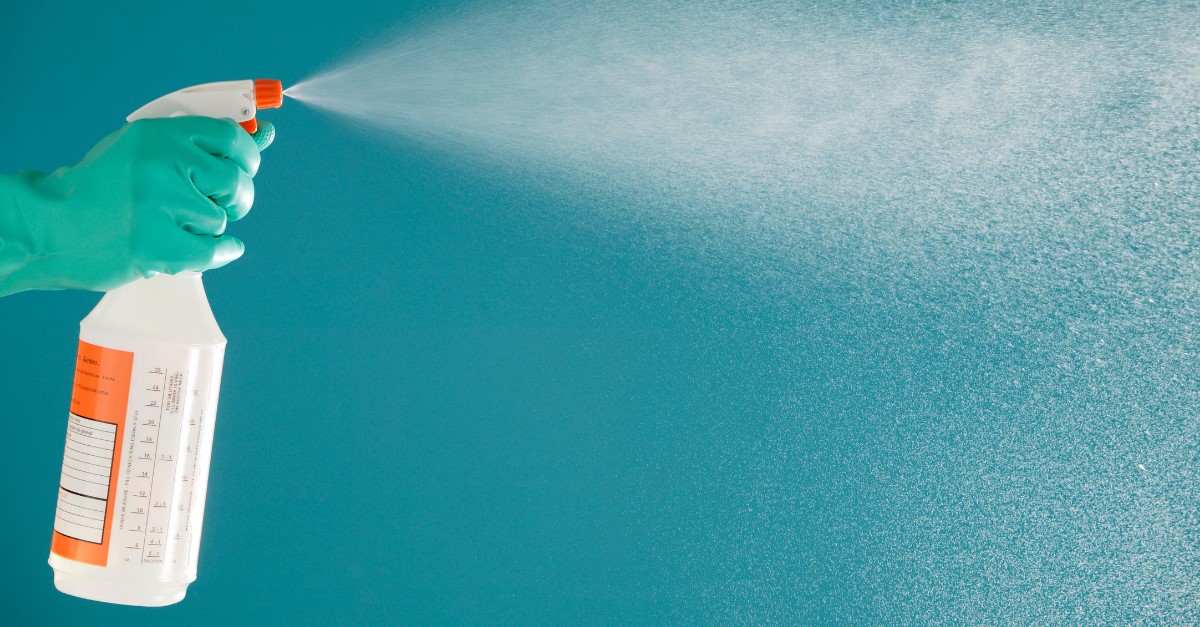
As the COVID-19 pandemic continues, it is critical to sanitize your touch screen devices as often as possible. While it is recommended disinfecting and cleaning your screens anytime a new user is going to use it, regular wipe down on a daily basis with an alcohol-based solution is the best way to kill all the germs, limit the spread of bacteria and viruses. It is always a good idea to keep a bottle of sanitizer next to the device and encourage users to sanitize between each use.
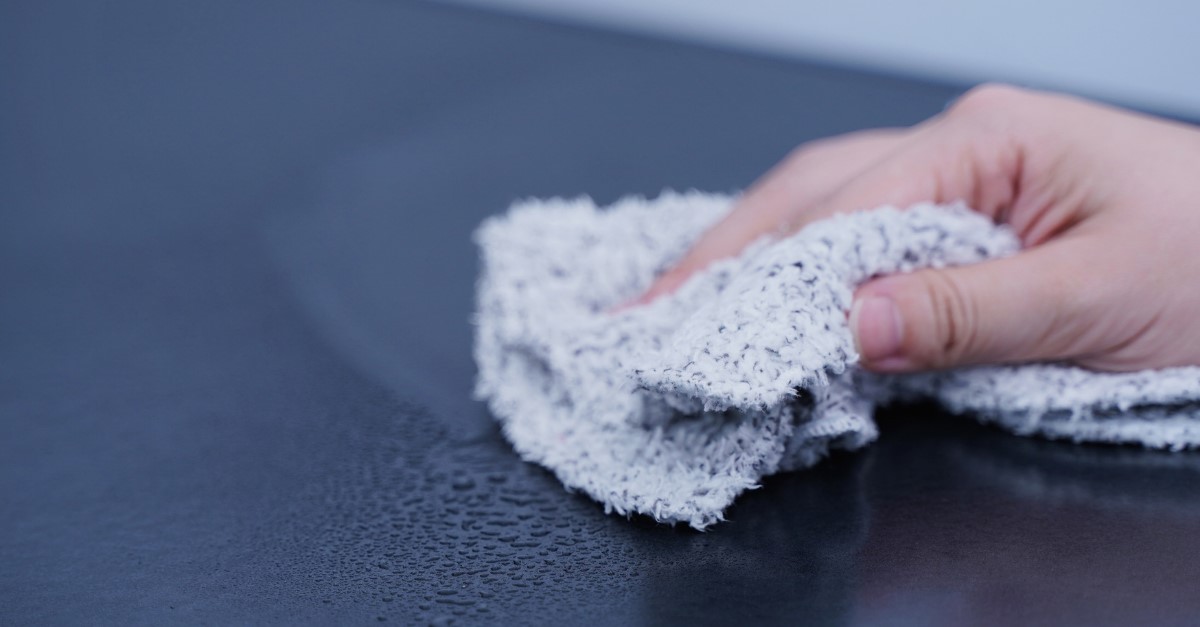
- Do not apply water or a cleaning solution on the touch screen directly. Any cleaning solution should first be applied to a lint free cloth. Touch screens are manufactured from fine materials and glass – layer by layer. If you directly spray the cleaner onto it, the liquid can penetrate into the corners and then between the thin layers, causing large black spots on the touch screen.
- Do not use tap water: it usually contains mineral deposits that can leave traces on the touch screen.
- Do not saturate the cloth. Cleaning cloths should be wrung of excess liquid prior to using on device surfaces.
- Soapy water leaves a thin residue on most surfaces so it is not particularly recommended for cleaning screens.
- Ensure moisture does not seep through the cable connection area from the edges during cleaning.
- Do not use sharp abrasive objects (i.e. steel wool, cloth with steel threads, scrubbing sponges, razor blades) to clean around the edges of the touchscreen. This can damage the bezel.
- Do not use air guns, water jets, or steam, to clean the surface of touchscreens as they may damage touchscreen functionality.
- Do not use paper towels, Kleenex, toilet paper, old cotton rags or multipurpose cleaning cloth because these are both highly abrasive, and neither will be particularly good at lifting dirt from the screen’s surface. In addition, you run the risk of scratching or leaving behind lint particles.
- Do not turn on the device until the screen is dry.
- Do not re-use cloths, industrial paper towels or wipes for the next devices to avoid cross-contamination.
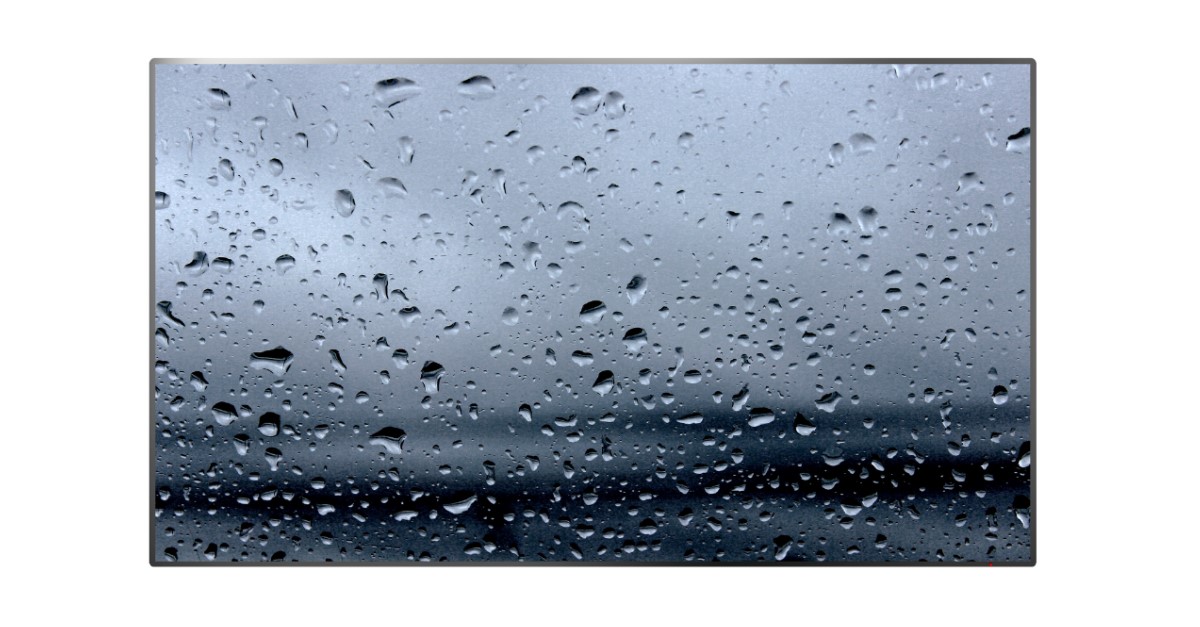
- Cleaning solutions containing Isopropyl alcohol at concentrations greater than 70%, Methyl Alcohol or Ethyl Alcohol at concentration greater than 35%, non-diluted bleach and ammonia at concentration greater than 1.6%, hydrogen peroxide or any other cleaning detergents labeled as corrosive or abrasive to glass or plastic can be harmful to touch screen surface anti-reflex/anti-glare coatings and ITO film. This includes strong solvents like Formula 409, acids, detergents with fluoride, thinner or benzene.
- Chemicals found in household cleaners like ammonia-based glass cleaners and even soap or rubbing alcohol shouldn’t be used on most touch screen devices. Disinfectants wear down screens’ oleophobic coating, which is designed to keep them fingerprint- and moisture-free, and to repel oils.
- Do not mix bleach and ammonia because this will produce a dangerous chemical reaction.
- Do not leave the solution on the touch panel surface for more than 2 minutes. Make sure to remove all residue when finished cleaning.
- The use of incorrect solutions can result in visual impairment of touchscreen, discoloration, cloudiness and damage functionality, such as the reduction of capacitive properties of the touch screen.
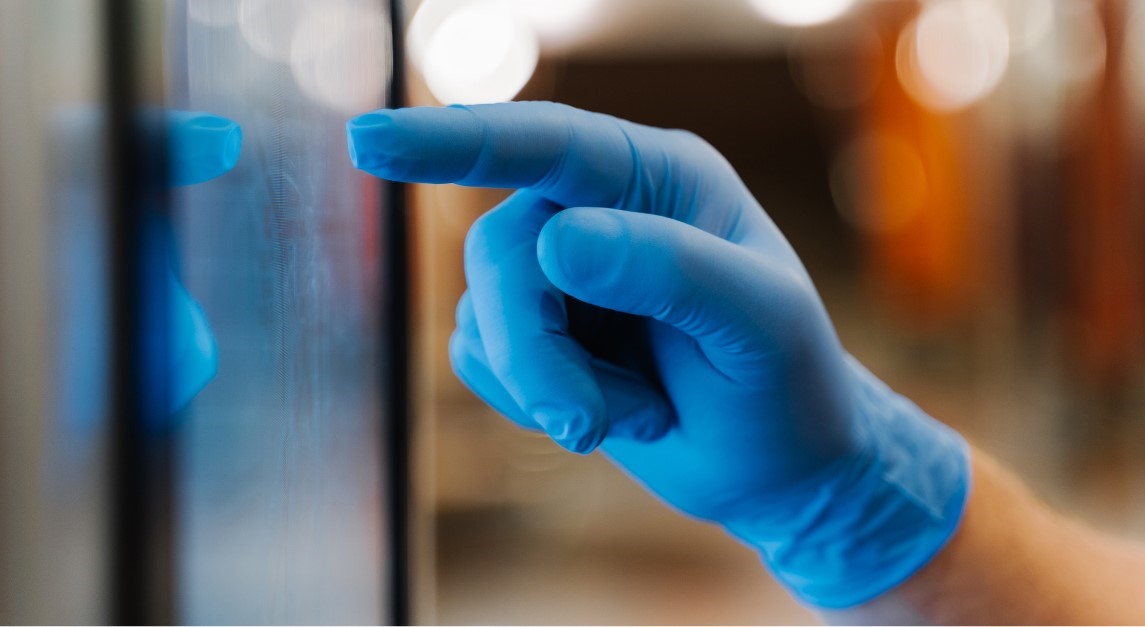
- Most touchscreen technologies such as PCAP, IR and RE can respond to the touch of a gloved hand or stylus. This means that users can safely interact with touchscreens while minimizing the chance of catching a virus or infection or spreading it themselves.
- Special coatings for touchscreens that can slow the spread of bacteria or even kill bacteria are increasingly available, some patents are also effective against the human coronavirus. They exist both in the form of antimicrobial screen protectors or ‘baked-in’ the glass. Once installed, these antimicrobial screens require no chemical cleaners for disinfection.
- Frequent and proper hand-washing is some of the best advice you can follow. It is also a good idea to clean any peripherals if there are any, such as touch pad, track ball or keyboard, as these are touched almost as much as the touchscreen.
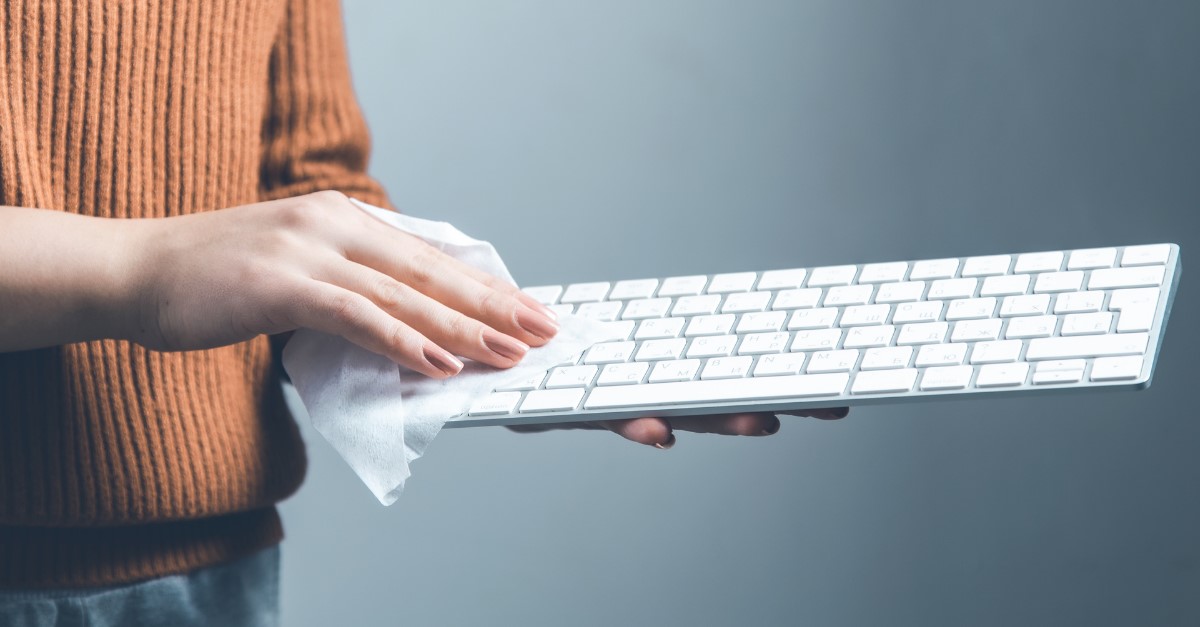
There are many positive aspects of touch screens that can vastly reduce the spread of bacteria and viruses when combined with regular cleaning following government and health agency guidelines. For a start, using a touch screen can eliminate or greatly reduce the need for face-to-face interaction between employees or customers, helping contain coronavirus and maintain the recommended guideline of two meters distance between people.
In addition to their social distancing advantages, touch screens are generally more easily cleanable than physical buttons, such as touch-pads or keyboards. Installing touch screens so that they are fully flat and have zero bezel or frame will make cleaning and disinfection far easier, as bacteria are often harbored in the gaps of touchscreens.

